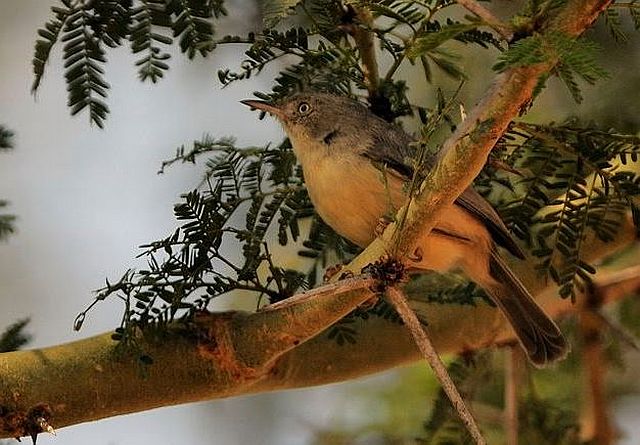Barred Wren-Warbler
Posted: Sun Mar 16, 2014 6:11 pm
658. Barred Wren-Warbler Calamonastes fasciolatus (Gebande Sanger)
Order: Passeriformes. Family: Cisticolidae
Description
13 -15 cm. Size small to medium; tail longish, usually held cocked and fanned over back.
Breeding male: Above rich brown; throat and breast plain brown; rest of underparts buffy white, barred dusky; undertail plain buff.
Female and non-breedingeeding male: Above rich brown; below brownish white, barred with dusky from chin to belly; undertail plain buff. Iris grey; bill black to blackish brown; legs and feet pinkish brown.
Juvenile: Above more rufous brown than adult; breast washed yellowish.
Distribution
Near-endemic to southern Africa, occurring from south-western Angola through Namibia, Botswana and western Zimbabwe to South Africa.
Habitat
Dense bush and tree savanna, especially with small-leaved thorny bushes and patchy ground cover, semi-arid savanna with Acacia, Combretum and Commiphora trees.
Diet
It mainly eats insects, such as caterpillars, doing most of its foraging in pairs or groups, gleaning food from leaves and branches.
Breeding
The nest is a thick-walled oval with an entrance on the side near the top, made of fine grass and plant down. It is typically attached with spider web to the foliage of a shrub, small tree or herb, often about 1-3 m above ground. It lays 2-4 creamy white speckled eggs, usually in the months from November to March.
Call
2-5 high-pitched froglike trilling bleats, preep-preep-preep (rather like squeak of bicycle pump); rapid piping weee-ti-ti-ti-ti-ti, repeated several times.
Status
A common resident.
Order: Passeriformes. Family: Cisticolidae
Description
13 -15 cm. Size small to medium; tail longish, usually held cocked and fanned over back.
Breeding male: Above rich brown; throat and breast plain brown; rest of underparts buffy white, barred dusky; undertail plain buff.
Female and non-breedingeeding male: Above rich brown; below brownish white, barred with dusky from chin to belly; undertail plain buff. Iris grey; bill black to blackish brown; legs and feet pinkish brown.
Juvenile: Above more rufous brown than adult; breast washed yellowish.
Distribution
Near-endemic to southern Africa, occurring from south-western Angola through Namibia, Botswana and western Zimbabwe to South Africa.
Habitat
Dense bush and tree savanna, especially with small-leaved thorny bushes and patchy ground cover, semi-arid savanna with Acacia, Combretum and Commiphora trees.
Diet
It mainly eats insects, such as caterpillars, doing most of its foraging in pairs or groups, gleaning food from leaves and branches.
Breeding
The nest is a thick-walled oval with an entrance on the side near the top, made of fine grass and plant down. It is typically attached with spider web to the foliage of a shrub, small tree or herb, often about 1-3 m above ground. It lays 2-4 creamy white speckled eggs, usually in the months from November to March.
Call
2-5 high-pitched froglike trilling bleats, preep-preep-preep (rather like squeak of bicycle pump); rapid piping weee-ti-ti-ti-ti-ti, repeated several times.
Status
A common resident.
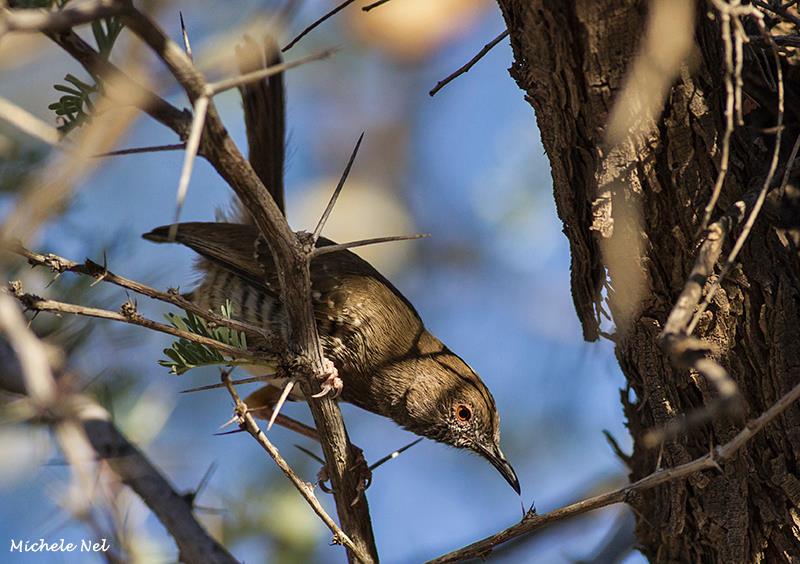 © Michele Nel
© Michele Nel © Mel
© Mel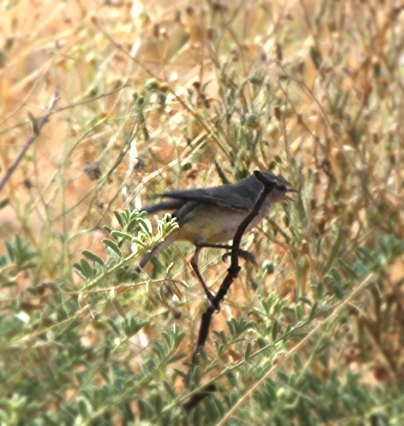 © Tina
© Tina © nan
© nan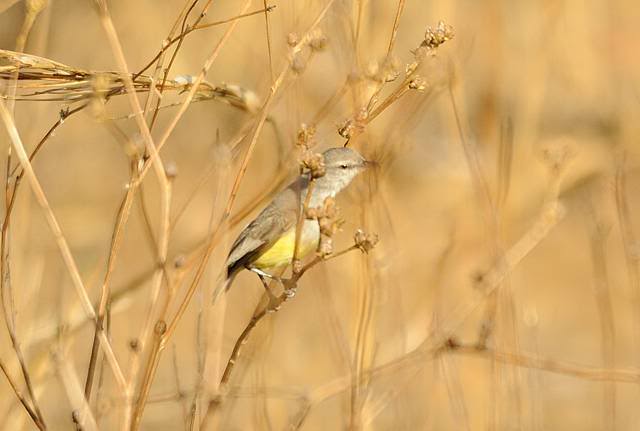 © Dewi
© Dewi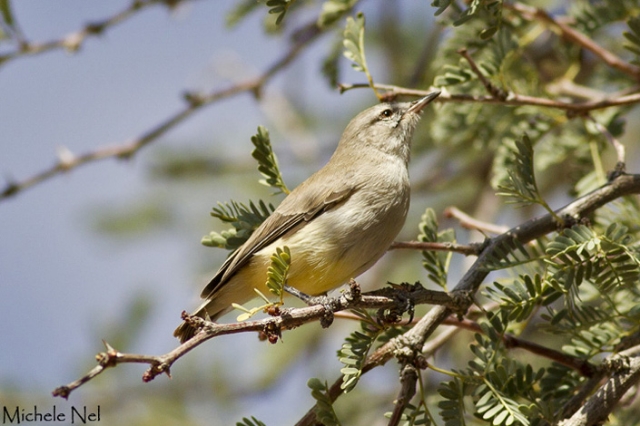 © Michele Nel
© Michele Nel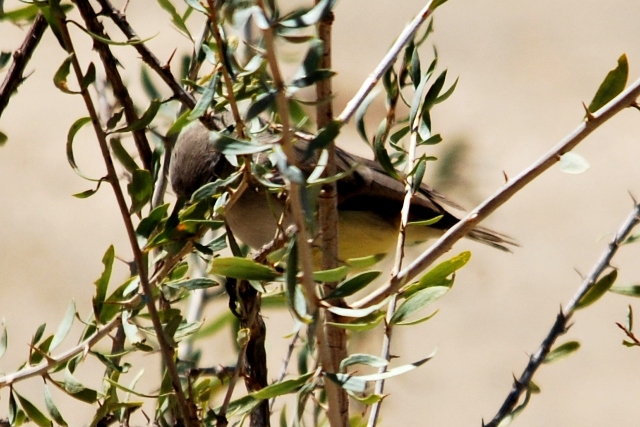
 © BluTuna
© BluTuna
